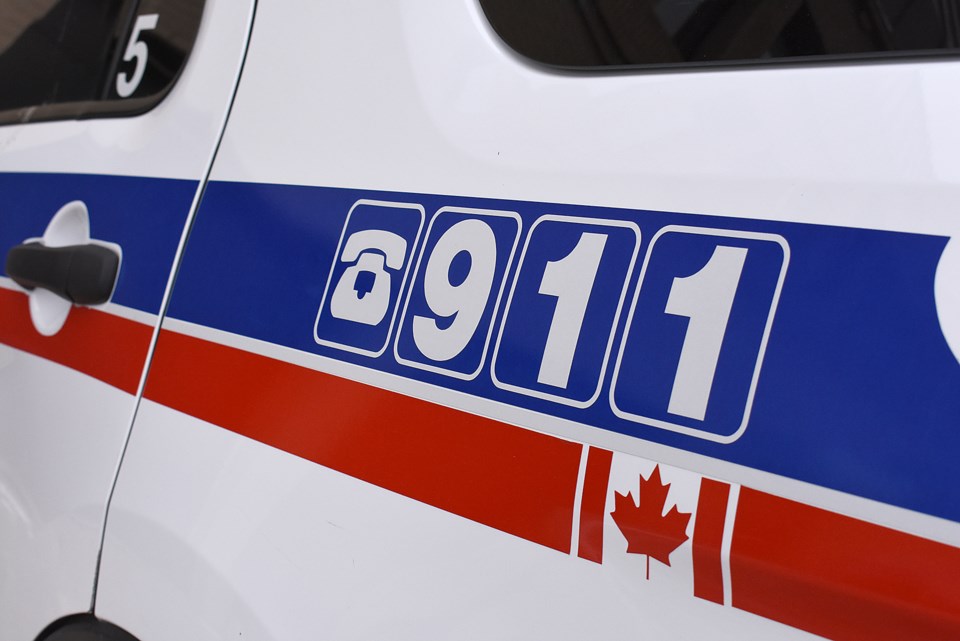Moose Jaw police have seen a 56-per-cent increase in residential break-ins this year over last, which they believe is partially due to drug addicts looking for objects to steal and sell.
From Jan. 1 to Oct. 31, there have been 142 residential break-ins compared to 91 incidents during the same period last year, data from the Moose Jaw Police Service (MJPS) shows. Meanwhile, year-to-date (YTD), there have been 270 break-ins — business, residential and other — compared to 237 similar incidents YTD last year, an increase of 13.9 per cent.
“Last year was a low year because of the pandemic. A lot of things shifted for us. But we take these seriously and we investigate and lay charges where we can,” Police Chief Rick Bourassa said during the recent Board of Police Commissioners meeting.
Most people were at home for half of 2020 because of the pandemic-inducted lockdown measures, which meant there were fewer opportunities to break into people’s homes, the police chief continued. This situation — and residential break-and-enter numbers — was similar across most of North American.
“What we’re seeing — and I hate to say this — is a return to more normal numbers and there’s nothing great about that … ,” Bourassa said. “It is connected a bit, though, as we see the increase in the drug activity, people need to get money to purchase those pieces. So it’s all sort of interconnected.
“The numbers, they’re just too high.”
Drug numbers
The data showed that there have been 57 charges year-to-date for drug offences, compared to 32 such incidents YTD last year. The main drug charges this year over last include cocaine (6 offences / 5 offence), cannabis (10 / 4), methamphetamine (24 / 6) and other CDSA drugs (17 / 17).
Police seized several quantities of drugs in October, with some seizures part of a joint project with other law agencies, said Bourassa. The MJPS is part of a provincial meth strategy group that handles enforcement, intelligence and prevention. It works to ensure drugs don’t go into circulation.
Commissioner Doug Blanc noted that drug numbers and assaults against police are both up over last year. He wondered if they were connected in any way.
“We’ve certainly seen increases in violence in general, but also against police officers. It can be any type of assault on an officer,” Bourassa said. “A lot of times it’s spitting, which is blech! I don’t know how else to say it. That’s the technical term, apparently.
“But that has been something that has been increasing sort of generally in society as well and nobody’s really clear about what is driving that. But there seems to be fewer constraints on people who are engaging in violent activity to support their positions … . It seems to be a larger societal trend that we’ll be watching,” he continued.
“Our officers are certainly dealing with people who are under the influence of drugs and they lose inhibitions and become more violent (and) more aggressive, particularly with meth. There can be quite a bit of violence attached to that.”
The next Board of Police Commissioners meeting is Tuesday, Dec. 14.




